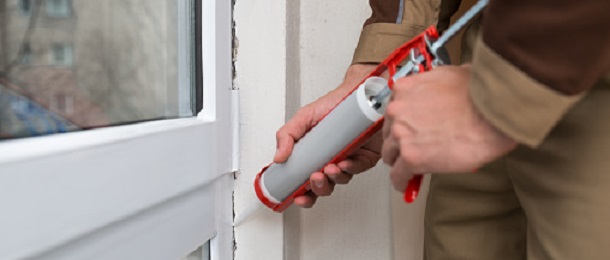Home Save Money & Energy Energy Saving Tips Insulation, Windows & Ductwork Saving Tips
Windows
|
|
Insulation & Ducting
|
ENERGY STAR® estimates you can save up to 20 percent on heating and cooling costs just by insulating and sealing your home against air leaks alone. In homes with forced-air heating and cooling systems, ducts are used to distribute conditioned air throughout the house. In a typical house, about 20 to 30 percent of the air that moves through the duct system is lost due to leaks, holes, and poorly connected ducts.
|
|






















